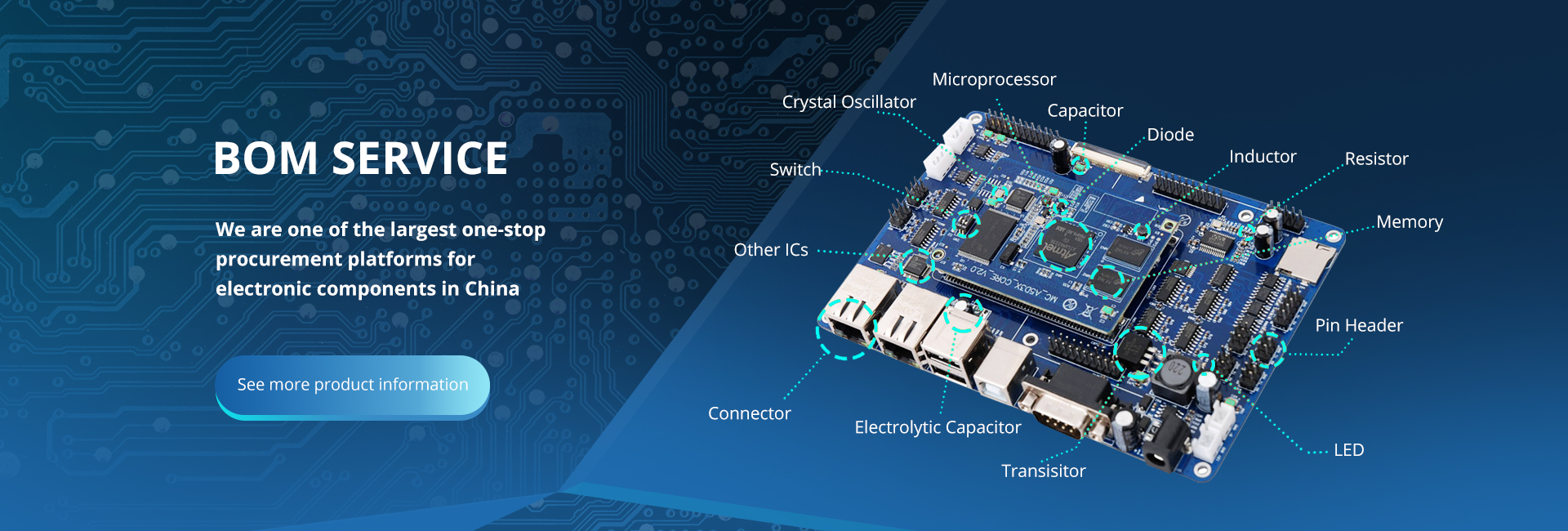In the world of electronics, diodes and transistors are two essential components that play a crucial role in the functioning of various electronic devices. While both serve different functions, they are integral parts of electronic circuits and are responsible for controlling the flow of electric current. In this blog, we will take a closer look at diodes and transistors, their unique characteristics, and their importance in the field of electronics.

Let's begin with diodes. A diode is a two-terminal electronic component with a unique property – it allows current to flow in only one direction. This property is achieved through the use of a semiconductor material, which has a specific type of doping to create a PN junction. When a voltage is applied to the diode in the forward bias direction, the current is allowed to flow through the diode. However, in the reverse bias direction, the diode prevents the flow of current.
One of the most common applications of diodes is in rectifier circuits, where they are used to convert alternating current (AC) to direct current (DC). This is achieved by using diodes to allow the flow of current in only one direction, effectively filtering out the negative half-cycles of the AC signal. As a result, the output is a smooth, constant DC signal that can be used to power various electronic devices.
Another important application of diodes is in signal demodulation, where they are used to extract the original information from a modulated signal. This is commonly seen in radio receivers, where diodes are used to recover the original audio signal from an amplitude modulated (AM) radio transmission. Additionally, diodes are used in voltage regulation circuits, where they help to maintain a constant voltage level despite fluctuations in the input voltage.
Moving on to transistors, these are three-terminal semiconductor devices that are used to amplify or switch electronic signals. Transistors are made up of three layers of semiconductor material – the emitter, base, and collector – and they come in two main types: bipolar junction transistors (BJTs) and field-effect transistors (FETs).
BJTs are commonly used for amplification of analog signals. By controlling the current at the base terminal, a small change in input current can result in a much larger change in output current, effectively amplifying the signal. This property makes BJTs ideal for applications such as audio amplifiers and radio frequency (RF) circuits, where small signals need to be boosted for transmission or processing.
On the other hand, FETs are commonly used for switching and amplification in digital circuits. They operate by controlling the flow of current between the source and drain terminals using an electric field applied to the gate terminal. FETs are widely used in integrated circuits (ICs) and microprocessors, where they play a crucial role in digital logic operations and data processing.
Both diodes and transistors are integral to the functioning of modern electronic devices, and they are often used in combination to achieve specific functionalities. For example, diodes are often used in conjunction with transistors to protect them from voltage spikes or reverse currents. This is achieved by connecting a diode across the collector and emitter terminals of a transistor, effectively shunting any reverse current away from the transistor.
In conclusion, diodes and transistors are essential components in the field of electronics, and their unique properties make them indispensable for a wide range of applications. Whether it's in rectifier circuits, signal demodulation, voltage regulation, amplification, or switching, these components play a crucial role in shaping the world of modern electronics. As technology continues to evolve, the importance of diodes and transistors in electronic design and manufacturing will continue to grow, making them fundamental building blocks of electronic systems.








